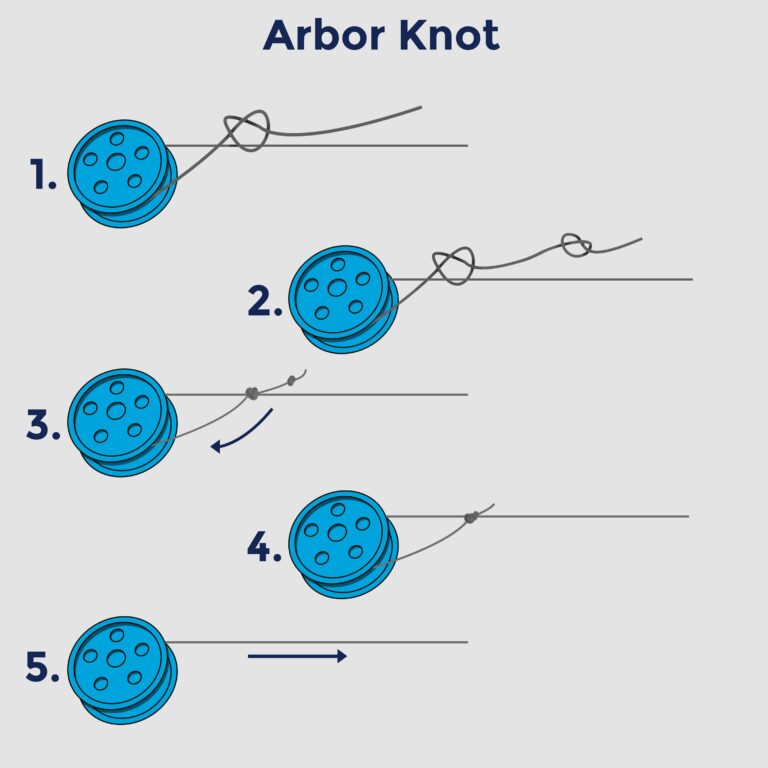How to Catch Trout with Spinning Tackle (Complete Guide)
Today we discuss How to Catch Trout with Spinning Tackle. Trout fishing is a rewarding and challenging endeavor that requires skill, patience, and the right equipment. Using spinning tackle for trout fishing can be a versatile and effective method, allowing anglers to cover a wide range of water conditions and depths. In this guide, we will explore the essential tips and techniques for catching trout with spinning gear.
How to Catch Trout with Spinning Tackle:
Understanding Trout Behavior:
Trout are known for their selective feeding habits and can be found in a variety of freshwater habitats, including rivers, streams, lakes, and ponds. Understanding trout behavior is key to successful fishing.
Trout are often found near structures such as rocks, logs, or weed beds, where they can find shelter and food. They are also sensitive to changes in water temperature and light conditions, so adjusting your tactics accordingly can improve your chances of success.
Choosing the Right Spinning Tackle:
Selecting the right spinning tackle is essential for successful trout fishing. When choosing a spinning rod, opt for a lightweight and sensitive rod in the 6-7 foot range, with a medium action for versatility. Pair the rod with a quality spinning reel that has a smooth drag system and can handle light line weights. As for line selection, opt for a light monofilament or fluorocarbon line in the 4-8 lb test range for trout fishing.
Selecting the Best Lures for Trout:
When it comes to lures for trout fishing with spinning gear, there are several options to consider. Spinners such as Rooster Tails, Mepps, and Panther Martins are popular choices that mimic small baitfish or insects and produce flashes and vibrations to attract trout. Soft plastic grubs, spoons, and small crankbaits can also be effective lures for targeting trout in different water conditions.
Techniques for Trout Fishing with Spinning Tackle:
Various techniques can be employed when using spinning tackle to catch trout. One effective technique is casting and retrieving spinners or spoons along the shoreline or near the structure where trout are likely to be hiding. Another technique is drift fishing, where anglers allow their lure to drift naturally with the current in rivers or streams. Jigging with soft plastics or small crankbaits can also entice trout to strike.
Reading Water and Identifying Trout Holding Areas:
To increase your chances of catching trout with spinning gear, it is crucial to read the water and identify potential trout-holding areas. Look for areas with current breaks, submerged rocks or logs, and changes in water depth where trout may be lurking. Pay attention to water temperature and oxygen levels, as trout prefer cool, oxygen-rich water. By understanding the habitat preferences of trout, you can target your efforts in areas where they are most likely to be present.
Tips for Success:
- Be Patient: Trout fishing requires patience and persistence. Don’t get discouraged if you don’t get bites right away.
- Experiment with Different Lures: Trout can be picky eaters, so don’t be afraid to try a variety of lures until you find what works.
- Pay Attention to Weather Conditions: Trout behavior can be influenced by weather patterns, so adjust your fishing tactics accordingly.
- Practice Catch and Release: Help preserve trout populations by practicing catch and release whenever possible.
Best Locations for Trout Fishing:
Trout can be found in a variety of freshwater environments, so choosing the right location is crucial for a successful fishing trip. Look for rivers and streams with cold, clear water and ample habitat for trout to thrive. High-altitude lakes and ponds can also provide excellent trout fishing opportunities. Research local regulations and fishing reports to identify the best locations for catching trout in your area.
Safety Tips:
- Always wear appropriate clothing and footwear when fishing in cold water conditions.
- Be mindful of slippery rocks and swift currents when wading in rivers or streams.
- Stay hydrated and protect yourself from sun exposure during long fishing trips.
- Inform someone of your fishing plans and location before heading out on the water.
Conclusion:
Trout fishing with spinning tackle can be a rewarding experience for anglers of all skill levels. By understanding trout behavior, choosing the right equipment, selecting effective lures, and employing proven fishing techniques, you can increase your chances of success on the water. Remember to respect the environment, practice catch and release whenever possible, and enjoy the thrill of catching these beautiful and elusive fish. Happy fishing!
